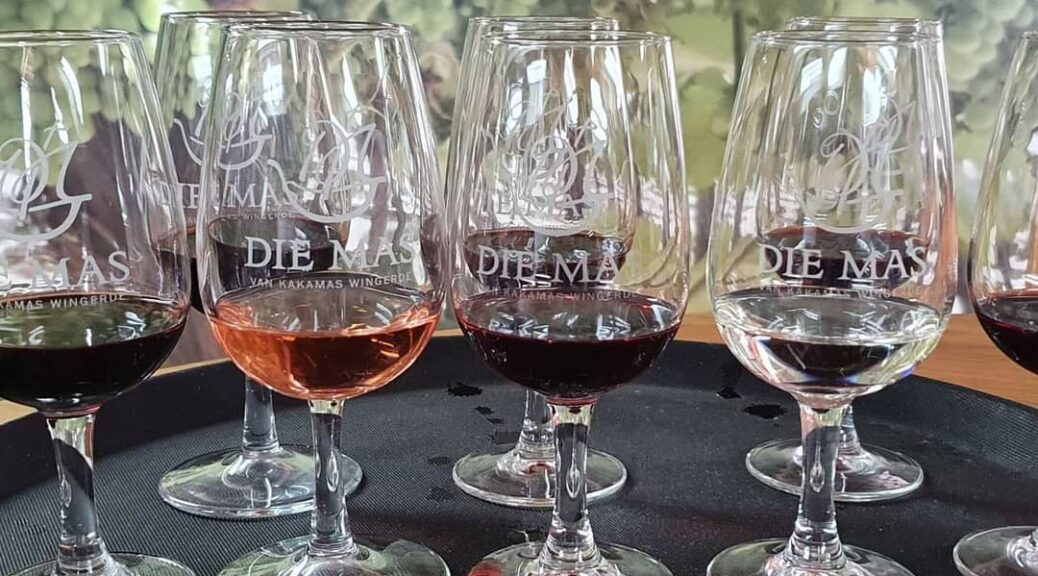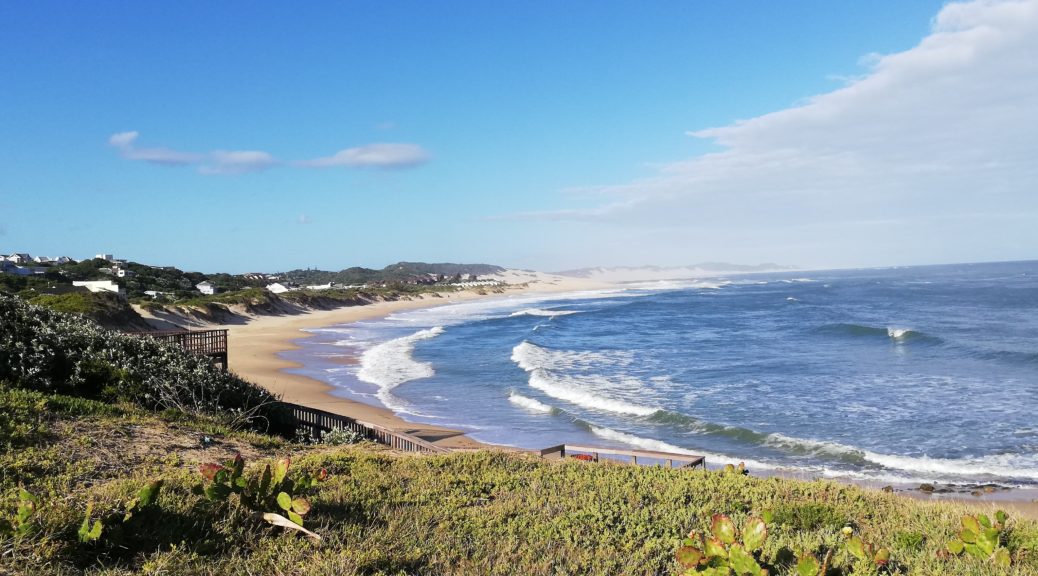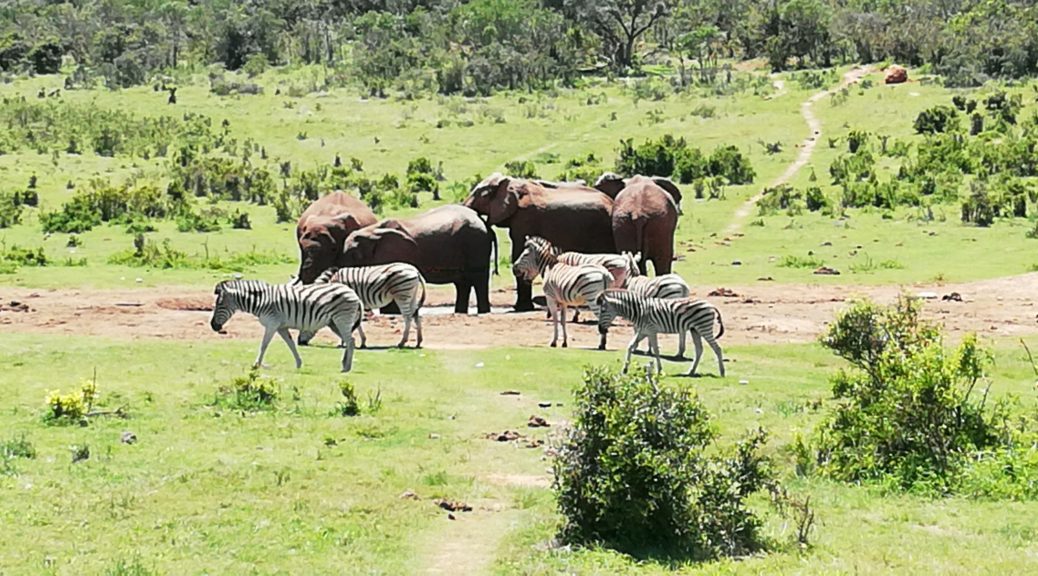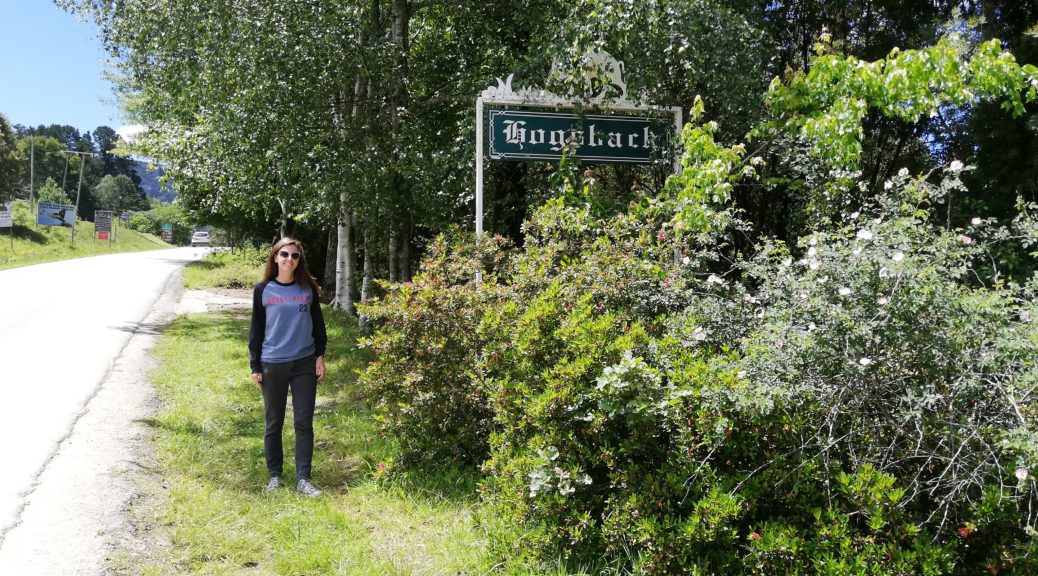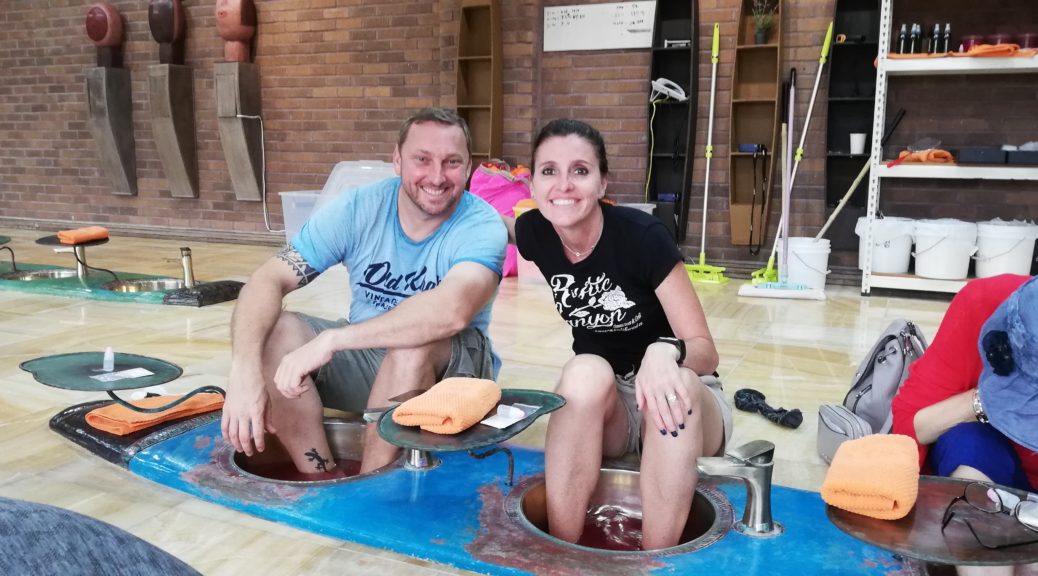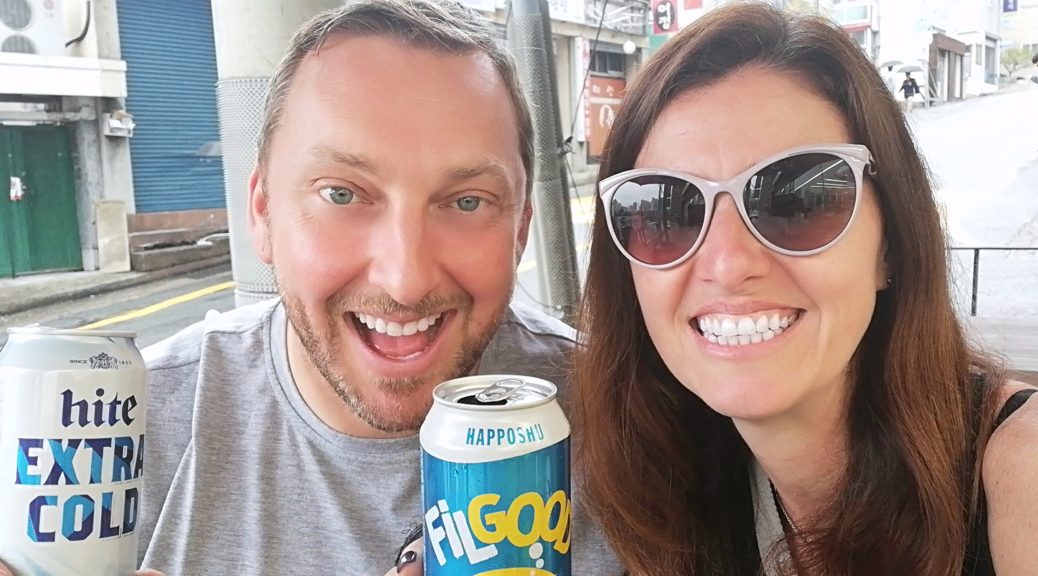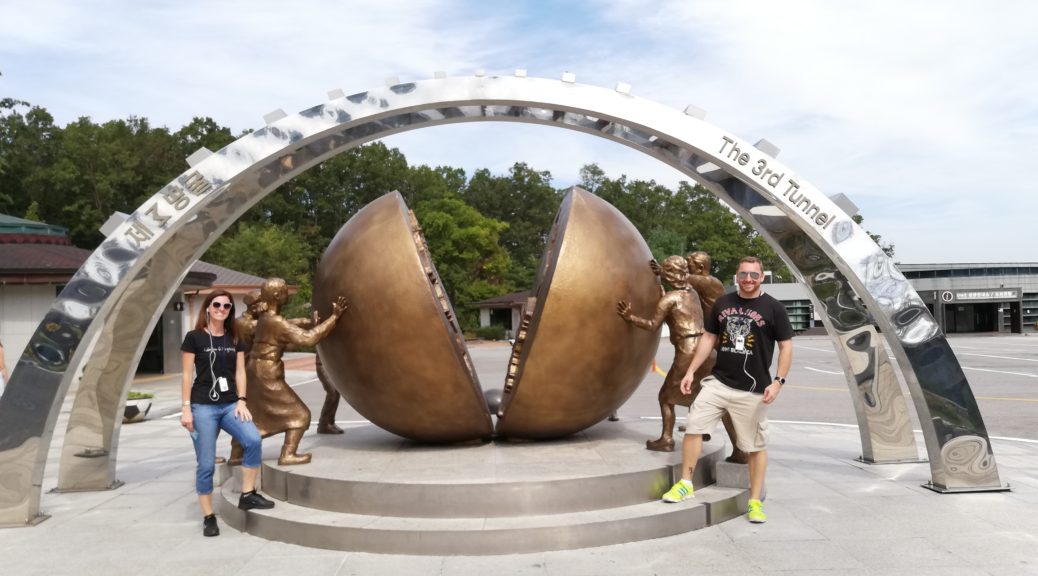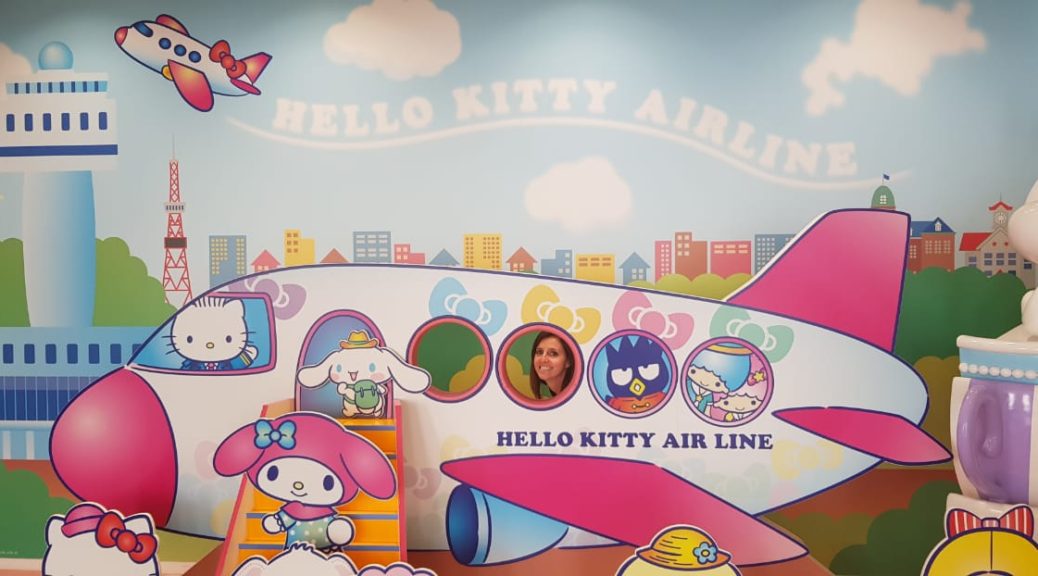NORTHERN CAPE PART 2
03 – 07 August 2021
KAKAMAS
Having already spent our first night in the Green Kalahari belt in Keimoes, the plan was for our second day to be spent travelling to the farthest end such that the remainder of our trip would be spent winding our way back (slowly) in the direction of home.
This meant that Wednesday’s plan began with a visit to Augrabies Falls and had us sleeping in Kakamas.
With only 70km to cover and very relaxed hosts at Bezalel Wine Estate, there was no hurry to start our day. With the sun up and the makings of a lovely morning, it was very refreshing to put on our running togs and take a jog through the vineyards again while we discussed the finer details of the plan for the day.
We settled on a picnic at Augrabies Falls. And we already had all the supplies. Bonus.
On the road with our friends, Motley Crue (the audiobook into which we were now thoroughly engrossed), the time (and the endless bushveld scenery) whizzed by and we were soon at Augrabies Falls National Park.
We pulled up at the main building and – whether it was because of Covid, being midweek or just winter in the Northern Cape – discovered we had the place to ourselves.
Taking the winding path down to the gorge, it was a now-rare pleasure to be able to enjoy the open-air excursion mask-free. The Park has set up wooden walkways and viewing decks along the edge of the gorge and we walked end-to-end, able to admire the fierceness of the falls, the magnitude of the gorge and the scary drop between us on the overhanging viewing deck and the water so far beneath us.
Having done 2km along the walkways, we were ready for our light picnic lunch and enjoyed our sarmies, watching the little dassies sniffing and scurrying about the place, like chubby little Daxies.
The Kakamas Hotel was also directly on the N14 which runs from Upington to Augrabies so we’d passed it on our way through and, with the hotel being on the far side of Kakamas from the Augrabies side, by the time we checked in we’d had two passes through Kakamas which, thanks to boundless graphic signage, was enough to give us locals-level qualification on lay of the land and a very clear agenda. Wine-tasting and pizza at Die Mas.
The Kakamas Hotel for all its small town lodge charm boasted a 4-star rating, which showed in the efficient way we were managed from car to our ultra modern suite, with slimline admin consisting only of our obligatory Covid declaration form and the three little words everyone is always excited to hear: Breakfast Is Included.
Pausing ever so briefly to appreciate our pretty home for the night – from the gravel pathway across the shaded lawns down to the pond where the local gaggle was lazily sliding across the still waters – we were motivated to get back in the car and on our way to our next adventure.
Die Mas had come recommended to us by friends in Jo’burg, and lived up to the anticipation that had been set.
With Wine, Brandy and Gin tasting on offer, we settled (as the only customers, spoilt for choice) at a bench table at the outer edge of the grapevine-covered terrace to enjoy the beautiful sunshine and wonderful view, and ordered the white wine flight.
The chap serving us had no sooner poured into the tasting glass when a gust of wind came along and blew it right over! With no intention of wasting any more wine, we moved inside to an upright-barrel table.
Having thoroughly enjoyed the white flight, we ordered the red as well. While swirling and sniffing and sipping and critiquing, a couple of swarthy chaps came in and sat at one of the sets of table and chairs.
With awe, we watched as they ordered the wines, the brandy and the gin tastings all in one go. AND a Brandy and Coke long drink each for in between. They did a bit of swirling and some sniffing, but mostly slinging and giggling and having the best time.
We, meantime, had been served the bad news that the kitchen was not operating. So no pizza. But, when in Rome and all that, so we did a brandy tasting (seemed to be working for our neighbours) and ordered a bottle of Rose Pinot Noir instead.
The wind had died down so we moved back outside and enjoyed the start of sunset with the lovely local’s finest, pleased to see our super-tasters from inside leaving with arms laden with the cases they’d bought to take home.
An extensive Google to try and find a dinner alternative revealed a distinct lack of options. Not believing what we were seeing, we took a drive through the part of town that seeped inland from the N14 and despite finding schools, the usual handful of town buildings, a compact and neat suburb and after a brief foray into the local settlement, we found that Google had indeed been telling the truth.
Fortunately, our hotel had a restaurant, so we had a very pleasant poolside dinner with another bottle of Die Mas Pinot Noir for good measure.
UPINGTON
While our hotel was a pretty slice of the countryside, it was also right on the main road, which left nowhere to do our now-ritual morning run.
Good opportunity for a sleep-in and a hearty brekkie before the hop back along the now-very-familiar N14 to Upington.
We’d called ahead and arranged early check-in at our hotel, the Oasis, which soon proved to be a lot of value for our money, from the prime location on park-and-walk-anywhere Schroder Street, to the airconditioned reception to the access to the amenities at the Protea next door. And yes, Breakfast Was Included.
Since it wasn’t yet midday, we had plenty of time for a session in the fitness centre in the Protea. Chris opted to do weights and whatnot while he had access to the equipment and I filled the gap of my missing running partner by running along with the Olympics contestants on the telly in the gym. I did 2 sets of 3000m steeplechase with the world’s finest athletes, cheating a bit since I didn’t think the hotel would appreciate me leaping on the treadmill or splashing through the kiddies pool for authenticity of my virtual event.
Our pre-planning had uncovered a local offering called “Sakkie Se Arkie” that looked worth a try. The review promised a relaxing couple of hours of sunset cruise down the Orange River, which sounded about our speed. Showered and ship-shape, we prioritised going down to the jetty to book so that we would work timings around that excursion.
Fortunately we had taken the car purely because the Orange River Wine Cellars tasting rooms were 4km from the hotel or we would have felt very foolish driving to Sakkie Se Arkie, which we’d assumed as a turn of phrase when the Oasis receptionist had told us it was ‘around the corner’, but which turned out to even be understated since it was just on the other side of the Protea Hotel building!
Sadly, the cruise season had not yet begun (combination of weather and lack of demand) so there would be no Arkie for us. But there was wine-tasting, so all was not lost.
And neither could we be since the tasting rooms were literally on our road. Four short kilometres straight-straight down dead-straight flat-as-a-pancake Schroder Street.
We were very soon seated at a table at Orange River Cellars with a flight of 7 of their finest wines to sample; 3 whites and 3 reds of our choosing + a bonus red one that was new and being promoted.
We worked through the rainbow of generous tasters while lunch was served and then, with nothing else on the agenda, ordered a couple of glasses of our favourites and frittered away the afternoon, absorbed in the novelty of wine-routing.
We had hoped to get a pint of Guinness somewhere in the Northern Cape to add to our online Guinness Index. Some Google research had offered the promise of an Irish pub in Upington. And of course it was said to be on Schroder Street.
A few doors down from our home base, we had driven past it on our way out. It looked shut at the time, but we irrationally hoped it was something odd like small town hours or curfew-related restrictions or somesuch.
No such luck. On our return to our side of Schroder, a close up inspection revealed a note in the door that advised the pub was closed owing to lockdown and it was unknown when or if it would reopen. Equal parts sad for them and disappointing for us.
This only left the Red Ox for us for sundowners.
A complete surprise, the Red Ox proved to be a particularly shiny hidden gem. Upmarket enough to be associated with Sandton’s Butcher Shop or Rosebank’s Grillhouse, but with the added appeal of being riverside with spectacular sunset views over the Orange, our only regret was that we had eaten so recently since the delicious cuts on display in the counterstyle showcases and in the “Buy to Braai” fridges at the entrance were nothing short of mouth-watering.
We made do with sampling the local Kalahari Lager and Red Ox pilsner as it got dark and we planned our next day.
KURUMAN
When we had done our planning, we had only booked up until Upington, leaving the last couple of nights free in case we wanted extra time anywhere or got referrals along the way. Neither being the case, we were flying a bit blind, with the internet as our guide.
Scrutinising the route home, we made two decisions; firstly, to spend Thursday night in Kuruman (because we’d heard of it and there was a hotel in the same chain as the Kakamas Hotel that we’d so enjoyed) and secondly, to return home on Friday since the remaining distance was manageable and there was nothing else ‘must do’ en route.
Thursday morning began with a last run in the vineyards, accessing them by crossing the Orange on the bridge we’d seen from the Red Ox the night before, followed by a hearty breakfast at the hotel – a rare-pleasure buffet, carefully managed by the banqueting staff in line with rigid Covid protocols.
The only stop we made on the trip to Kuruman was at Kathu.
Established as an iron ore mining town, our limited view of Kathu gave us the opinion that although nice enough, there’s not a hell of a lot to see and do, so we settled for a quick visit to the local mall.
Leaving Kathu, it would appear that the town holds future promise with a lush looking country club and some adjacent residential development.
We did not hold a similar opinion of Kuruman which, sadly, was dusty and dilapidated by first impression.
When at check-in the manager at Kuruman Hotel warned us off the town’s claim to fame, the Eye of Kuruman, because of threat of vandalism and theft, the day’s fate was sealed.
We had booked a garden unit and it was right next to the pool so we did with our last afternoon on this roadtrip what we so seldom do on holiday. Absolutely nothing. And loved it.
